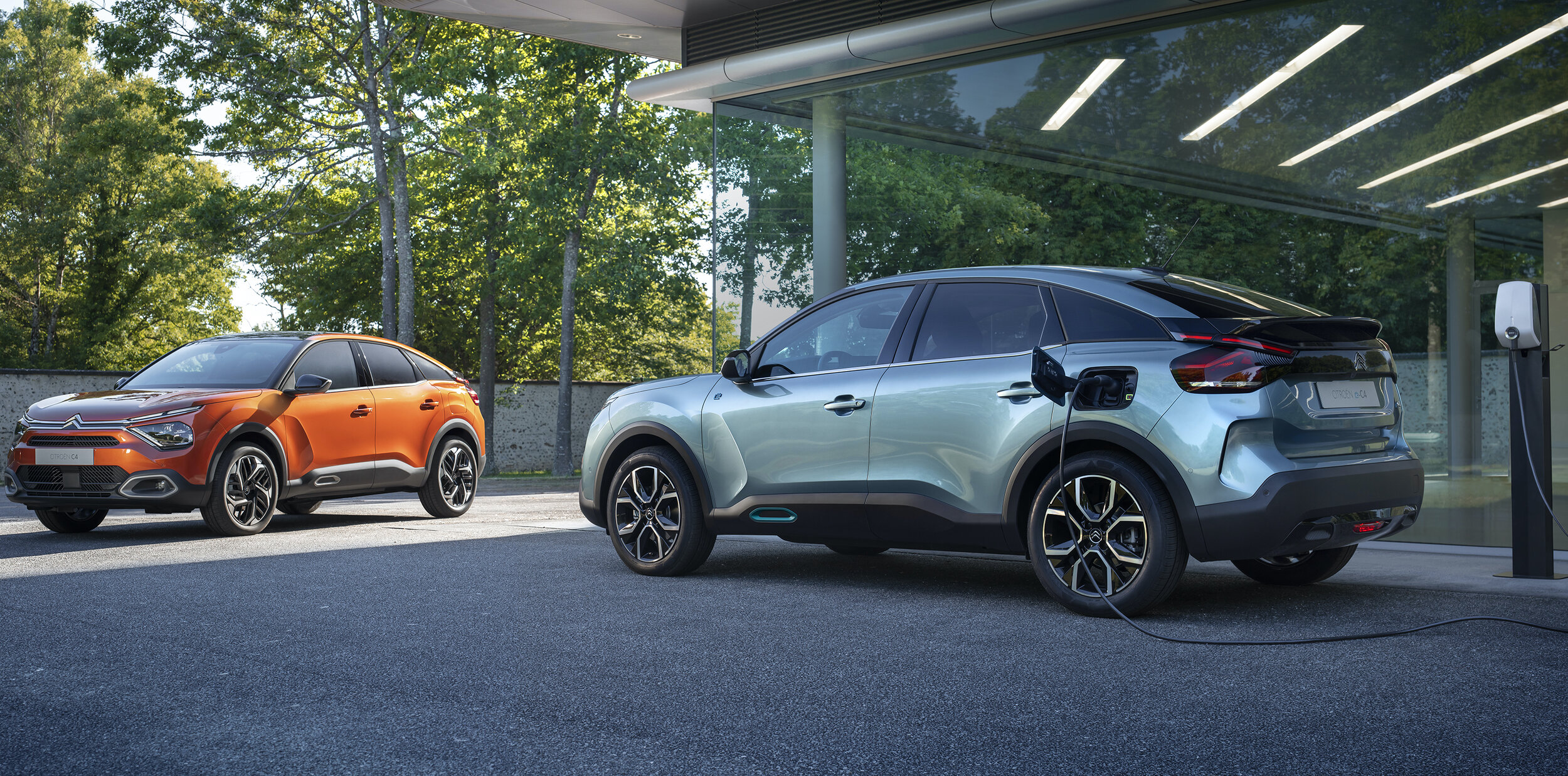Double chevron brand plugs into EV drive
/A fully electric Citroen will be here in 2021.
TOTALLY electric and a petrol powertrain for those who aren’t ready to plunge into a fully battery-propelled motoring future.
That’s the proposed strategy Citroen’s New Zealand importer, Auto Distributors, hopes to realise with the new-generation C4, revealed internationally this week.
The national potential for a model that has now fully released from a hatchback styling to embrace a crossover look previously limited to the offshoot C4 Cactus is for it to primarily deliver as Citroen’s breakthrough into the electric vehicle sphere, following a similar model from sister brand Peugeot, also with the same national distributor.
“One of the strengths of new C4 is choice of powertrain and we would like to provide options to Citroen customers, rather than limit them,” explains Auto Distributors’ commercial manager, Arek Zywot in explaining interest in the new e-C4.
“We do not know specific launch date as yet, although we are aiming to have it here by the end of quarter two (of) 2021.
“We are looking at two possible drivetrains: EV and petrol automatic.”
He’s comfortable with the styling direction cementing with a crossover aspect that, though more rakish and less ‘other worldly’ than the C4 Cactus look thanks to Citroen adopting a fastback roofline, nonetheless stays true to existing fundamentals.
“C4 is a continuation of a model that is replacing C4 Cactus and many of the design elements have transferred to the new model.”
C4 is, of course, based on the same underpinnings as the latest Peugeot 208 and 2008, also earmarked for NZ introduction and the drivetrains are identical. Just one petrol engine is expected, a 1.2-litre in three stages of tune: 74kW, 95kW and 114kW, operating through an eight-speed automatic gearbox and driving the front wheels. The e-C4 is expected to make use of a 50kWh lithium battery that will power an electric motor, developing around 100kW, on the front axle. The same powertrain in the e-2008 delivers a range of 320km, albeit when measured on the fabulously optimistic Worldwide Harmonised Light Vehicles Test Procedure.
All models will have the firm’s new progressive hydraulic suspension set-up, according to overseas’ reports. The car’s springs and shock absorbers work with hydraulic compression and rebound stops, which are designed to gradually slow body movement over bumps and potholes.
The progression to a crossover look is in response to hatch desirability having been undermined by the sports utility boom, Citroen acknowledges.
Citroen’s CEO Vincent Cobee says it’s all about finding the “proper balance between affordability, versatility and comfort, better access, and better visibility, as there’s probably also a need for more spice in the style.”
The electric and orthodox cars are identical in overall look and styling cues from the larger C5 Aircross are evident, but it also plucks from past Citroens. The shape of the third side window links to some of Citroen's earlier family cars, such as the GS, introduced in 1970.
The one detail to differentiate an e-C4 from the oil-reliant type is that the former has blue-lit badge surrounds.
The cabin is seen as a gentle redesign of what we can see in the current C4 Cactus, but with a new digital dashboard and instrument binnacle and a redesigned centre console.
Citroen says its has put a major focus on comfort when designing every part of the cabin, including the seats and the dashboard.
The electric-read CMP platform has become a vital attraction to Fiat Chrysler Automobiles, which is in the process of merging with Peugeot-Citroen parent PSA. It's one of two architectures that will underpin over two thirds of the merged group's combined annual production. It’s thought the Alfa Romeo Tonale crossover will be built on this underpinning.




















